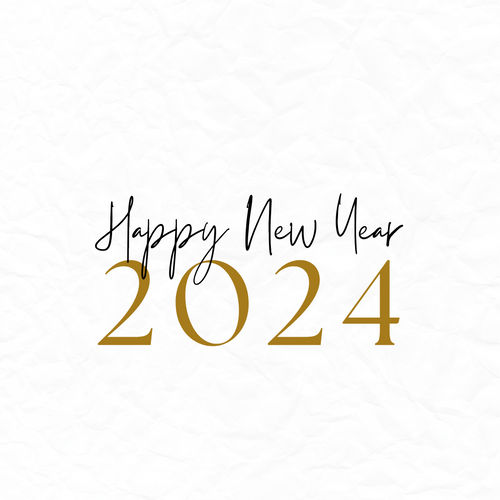'Tis the season for New Year's resolutions, and as we start our journeys of self-improvement, let’s consider the science behind sustainable change. In the realm of personal development, the age-old wisdom of "start small" finds a place with BJ Fogg, PhD, and his book, "Tiny Habits and The Small Changes That Change Everything."
Fogg's philosophy revolves around the transformative power of incremental changes. He advocates for the adoption of "tiny habits" – small, manageable behaviors integrated into our daily routines. Take, for instance, the concept of a "tiny behavior anchor" where you link a new habit to an existing routine. If your goal was to keep the kitchen cleaner, try wiping down the counter every time you wait for your food in the microwave.
As another example, if your goal was to read more often, try reading one sentence from a book a day. This approach significantly reduces the chances of abandoning your daily habit, as the commitment is minimal and achievable, even on the busiest days. The emphasis on celebrating small wins adds a layer of positive reinforcement, fostering a mindset that propels these tiny habits from fleeting goals to enduring lifestyle changes.
One of Fogg's key insights lies in understanding the balance between motivation and ability, shown by the "motivation vs ability-action line." By aligning your goals with both your motivation and your ability to perform the necessary actions, you can create pathway to success.

(Image from https://behaviormodel.org/)
Drawing on my experiences at the Stanford Peace Laboratory, I've discovered additional concepts that complement Fogg's methodology. The "swarm of bees" technique, for instance, encourages brainstorming without constraints. In a set period, such as two minutes, jot down all ideas related to a central topic, good or bad, allowing creativity to flow freely with sticky notes.
Categorize these ideas with Focus Mapping. Determine if you can commit to a particular behavior by positioning it on a left-to-right scale. On the left, "not feasible," and on the right, "feasible." On the same graph, a top-to-bottom scale. On the bottom “low impact”, and on the top “high impact”. The sticky note ideas placed in the top right corner of the graph are high-impact and feasible.
With those sticky notes, one at a time, break down the ideas further. Outline steps involved in achieving that sticky note goal to provide a structured approach.
I encourage you to choose a topic you are interested in improving in your life. Relish the small victories each day as you integrate your chosen habit into your routine. Soon enough, the positive cycle you cultivate will become second nature. With each celebration, you'll witness the gradual transformation of your chosen habit from a conscious effort to an effortless, ingrained part of your lifestyle.

